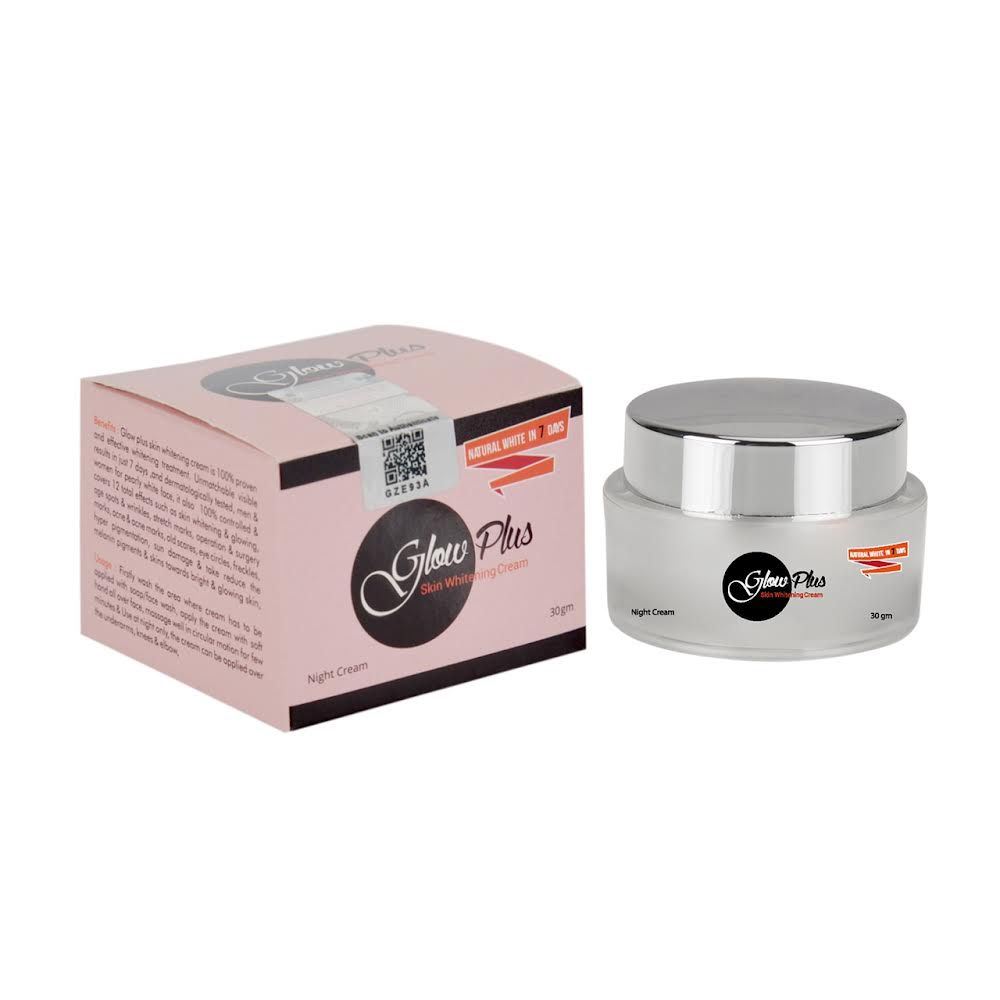Introduction: The Need for a Sustainable Workplace Wellness Program
Workplace wellness has become a critical focus for organizations seeking to enhance employee well-being and foster a positive, productive environment. However, to be truly effective, wellness programs must be more than just a series of temporary initiatives—they must be sustainable. A sustainable wellness program is one that is thoughtfully designed to support employees’ mental, physical, and emotional health over the long term, creating lasting benefits for both the workforce and the organization as a whole.
Developing such a program requires understanding the specific needs of your workforce, integrating trauma-informed care principles, and consistently evaluating and evolving wellness offerings. Insights from trauma informed care experts and trauma care providers can guide organizations in building a program that is both effective and compassionate, ensuring employees feel supported and engaged.
Why Sustainability Matters in Workplace Wellness
Creating a sustainable workplace wellness program is essential because it ensures that wellness initiatives are not just temporary solutions but ongoing practices that employees can rely on for their well-being. A program that is not sustainable may lose its impact over time, and employees may eventually disengage from the resources or support offered.
Key Benefits of a Sustainable Workplace Wellness Program:
- Long-Term Impact on Health: Sustainable wellness programs focus on long-term mental and physical health, reducing stress, preventing burnout, and promoting overall well-being.
- Increased Employee Engagement: When employees see that their wellness is consistently supported, they are more likely to remain engaged, motivated, and productive.
- Reduced Turnover: A well-supported, health-conscious environment encourages employees to stay with the company, reducing turnover and the associated costs.
- Improved Workplace Culture: Sustainability in wellness fosters a positive, supportive company culture that prioritizes employee health and creates a sense of trust and community.
To create such a program, it’s important to design it with a holistic approach that integrates mental health, physical health, and emotional well-being.
Integrating Trauma-Informed Care into Workplace Wellness
One of the key elements in building a sustainable workplace wellness program is integrating trauma-informed care. A trauma-informed approach acknowledges the prevalence of trauma and its effects on employees’ mental and physical health. This approach allows organizations to create environments where employees feel safe, respected, and supported, fostering trust and encouraging engagement with wellness programs.
Principles of Trauma-Informed Care in the Workplace:
- Safety: Employees must feel physically and emotionally safe in the workplace. This can be achieved by creating a nonjudgmental and supportive atmosphere, where workers can access wellness resources without fear of stigma or retaliation.
- Trustworthiness and Transparency: Clear communication about wellness initiatives and open, honest feedback helps build trust. Employees should feel confident that the wellness program is designed with their best interests in mind.
- Choice and Empowerment: Employees should be given the autonomy to choose the wellness resources that are most relevant to their needs. Offering flexibility in program participation can reduce stress and make employees feel more in control of their well-being.
- Collaboration and Peer Support: Building a culture of support, where employees feel they can collaborate and support each other, is crucial. Peer support programs or group wellness activities help create a sense of community and reduce feelings of isolation.
Incorporating these principles into a workplace wellness program ensures that employees feel seen, heard, and respected, which can lead to greater engagement and long-term success.
The Role of Trauma Care Providers in Workplace Wellness
Organizations can also benefit from working with trauma care providers to ensure their wellness program meets the unique needs of employees who may have experienced trauma. Trauma care providers offer specialized expertise in helping individuals process and manage trauma, and they can provide valuable resources for building a supportive workplace culture.
How Trauma Care Providers Can Contribute:
- Training and Education: Trauma care providers can offer training to management and staff on how to recognize and address signs of trauma in the workplace. This training can also help create a trauma-sensitive work environment where employees feel understood and supported.
- Therapeutic Support: Trauma care providers can offer counseling or mental health resources for employees dealing with personal challenges or past trauma. By offering professional support, employees are more likely to feel comfortable seeking help when needed.
- Crisis Intervention: In cases of crisis or acute trauma, trauma care providers can step in to provide immediate support and guidance, helping employees navigate difficult situations and manage their well-being.
By incorporating trauma care providers into the wellness program, organizations can ensure that employees receive the help and support they need to thrive, both mentally and emotionally.
Designing a Holistic and Inclusive Wellness Program
A truly sustainable workplace wellness program should take a holistic approach that encompasses multiple dimensions of well-being. While mental and physical health are often the focus, other factors like work-life balance, financial wellness, and social connection also play critical roles in overall employee health.
Key Components of a Holistic Workplace Wellness Program:
- Mental Health Support: Provide resources for mental health, including counseling services, stress management workshops, and access to mental health days. Incorporating trauma-informed care and the expertise of trauma care providers ensures employees feel supported in their mental health journey.
- Physical Health Initiatives: Encourage physical activity through on-site fitness programs, gym memberships, or wellness challenges. Physical health is intrinsically connected to mental well-being, so promoting exercise is a key element of any wellness program.
- Work-Life Balance: Offer flexible work arrangements, such as remote work or flexible hours, to help employees manage personal and professional responsibilities. Achieving a healthy balance between work and life is essential for reducing stress and preventing burnout.
- Social and Emotional Support: Foster a workplace culture that encourages connection, collaboration, and open communication. Employee resource groups, team-building activities, and social events can help strengthen relationships and reduce feelings of isolation.
- Financial Wellness: Provide resources to support employees’ financial well-being, such as financial planning workshops or access to financial counseling. Financial stress can significantly affect mental health, and offering support in this area can have a positive impact on overall wellness.
By integrating these diverse components into your wellness program, you create a more balanced and inclusive approach that addresses the full range of employee needs.
Evaluating and Adapting Your Wellness Program
A truly sustainable wellness program requires ongoing evaluation and adaptation to ensure it continues to meet the needs of employees. Regular feedback from employees and wellness program participants can help identify areas for improvement and allow the program to evolve over time.
Steps for Evaluating and Adapting Your Wellness Program:
- Survey Employees Regularly: Collect feedback on wellness programs through surveys or focus groups. This will help you understand what’s working, what’s not, and where employees need additional support.
- Measure Success: Track key metrics such as employee engagement, participation rates, and overall satisfaction with the wellness program. Use these metrics to gauge the program’s effectiveness and identify areas for improvement.
- Adapt to Changing Needs: As employees’ needs change, so should your wellness program. Stay flexible and open to adapting wellness initiatives to reflect new challenges, such as changes in the workforce, emerging health trends, or the evolving needs of your employees.
By continually evaluating and adapting your wellness program, you ensure its ongoing relevance and effectiveness, creating a truly sustainable program that supports employees for the long term.
Conclusion: Building a Sustainable Wellness Culture
Creating a sustainable workplace wellness program is not just a one-time effort; it’s an ongoing commitment to the well-being of your employees. By integrating trauma-informed care principles, working with trauma care providers, and addressing the full spectrum of employee needs, you can build a wellness program that supports long-term health, reduces stress, and fosters a positive workplace culture.
When employees feel supported—mentally, physically, and emotionally—they are more engaged, productive, and loyal to the organization. By building a wellness program that prioritizes sustainability and holistic care, you create a healthier, happier workforce that drives the success of the organization.
Also Read
- ► Dalian’s Strategic Role in Spare Parts Transit
- ► On-Demand San Diego Airport Transportation – Always On Time
- ► The Benefits of Sports Massage: Why It’s Essential for Athletes and Active Individuals
- ► Luxury Boxes for a More Apparent Product Look
- ► Why Patio Paver Restoration and Sealing is Essential for Phoenix Homes
- ► How to Choose the Right Contractor for Your Project
- ► essential clothing Official essentials hoodie Store
- ► Lifestyle PR in Los Angeles: What Sets It Apart
- ► Essential Hoodie new functional and fashionable shop
- ► Best Quality Tires Offer in Chicago Statures
- ► Influencer Partnerships for Driving E-Commerce Sales
- ► Sp5der Worldwide Pink Tracksuit Statement of Style and Comfort
- ► Fast Solutions with Expert Legal Guidance
- ► Corteiz Joggers Con Estampado Integral Negro
- ► The Travis Scott Cactus Jack Green Hoodie





